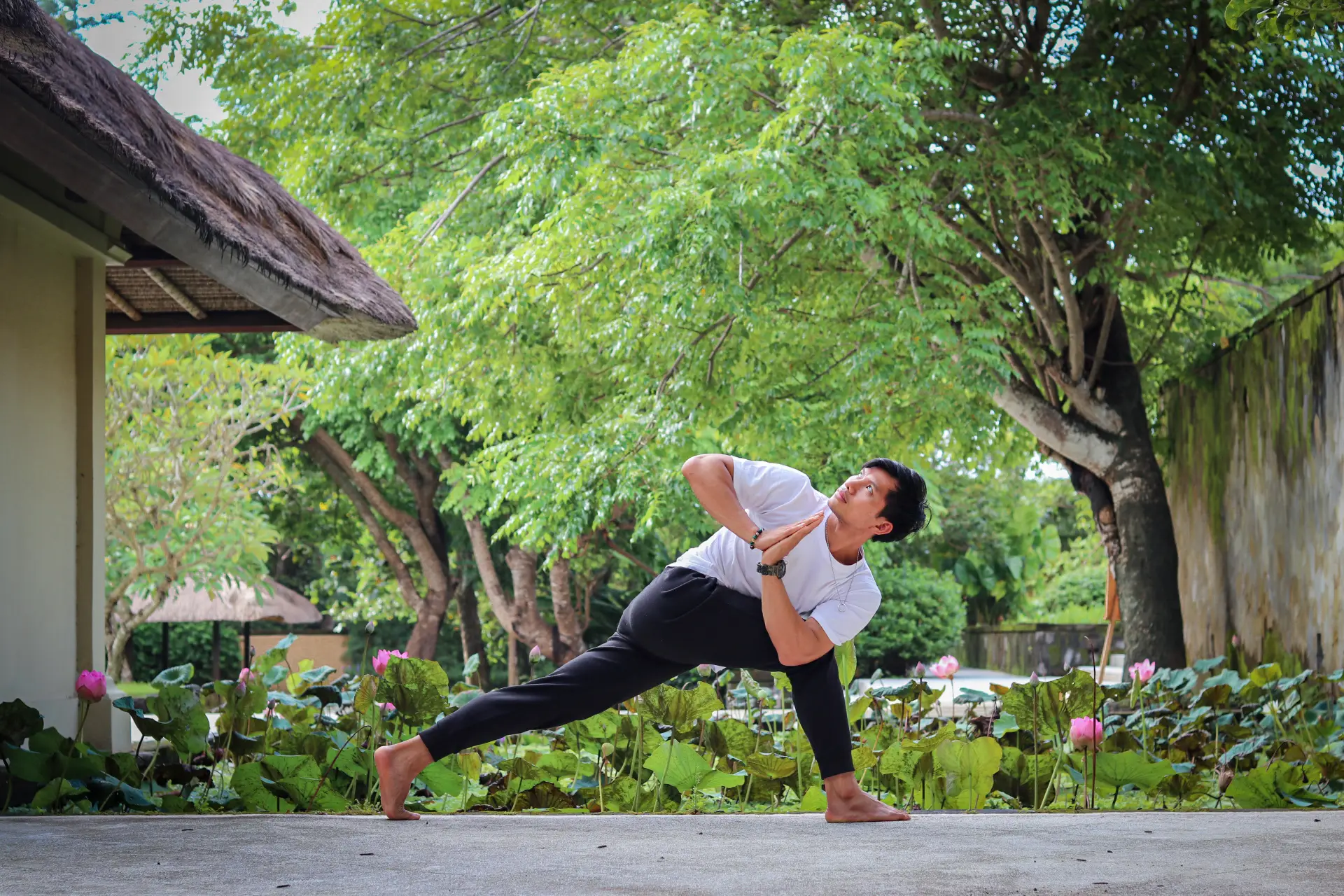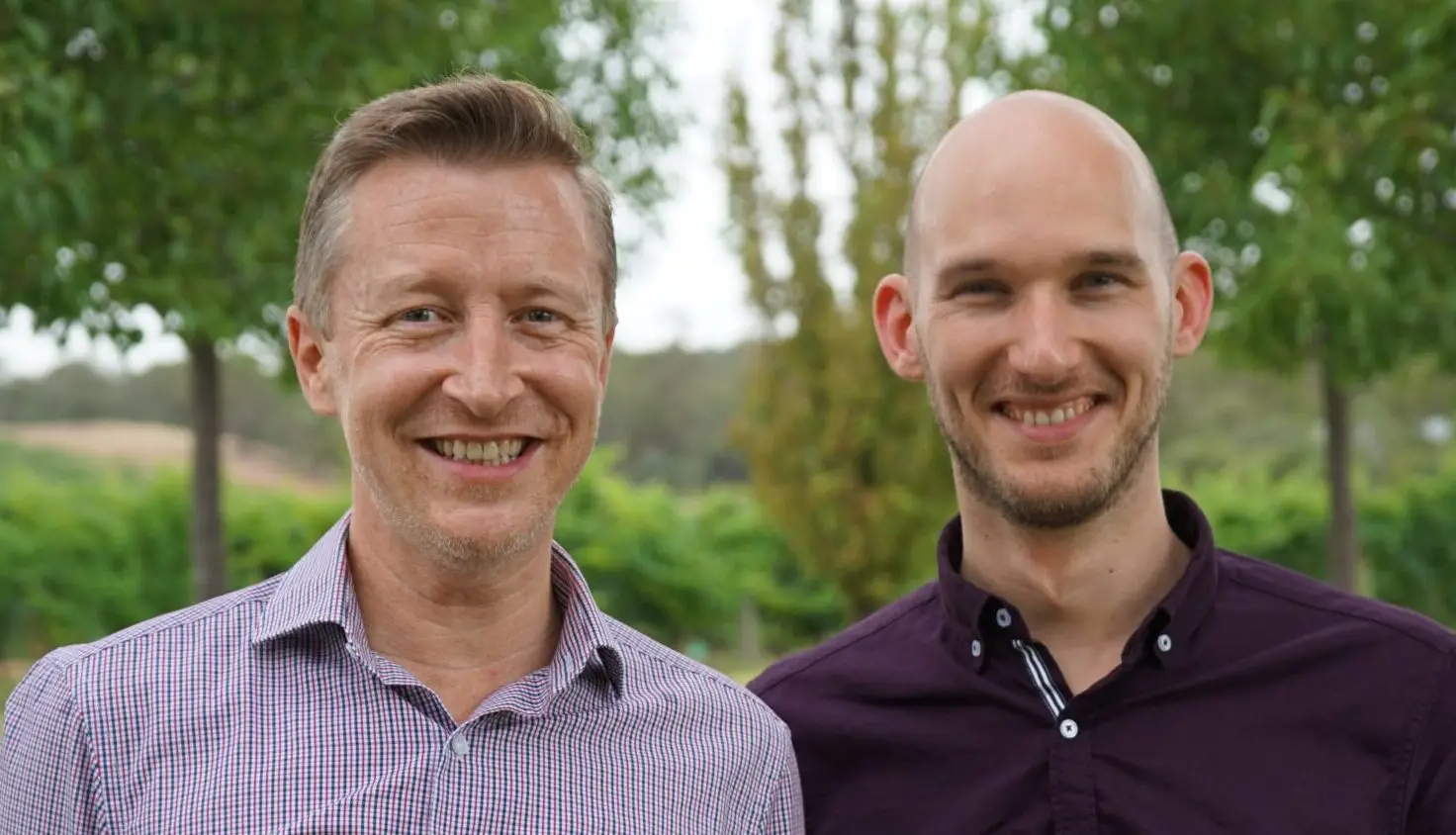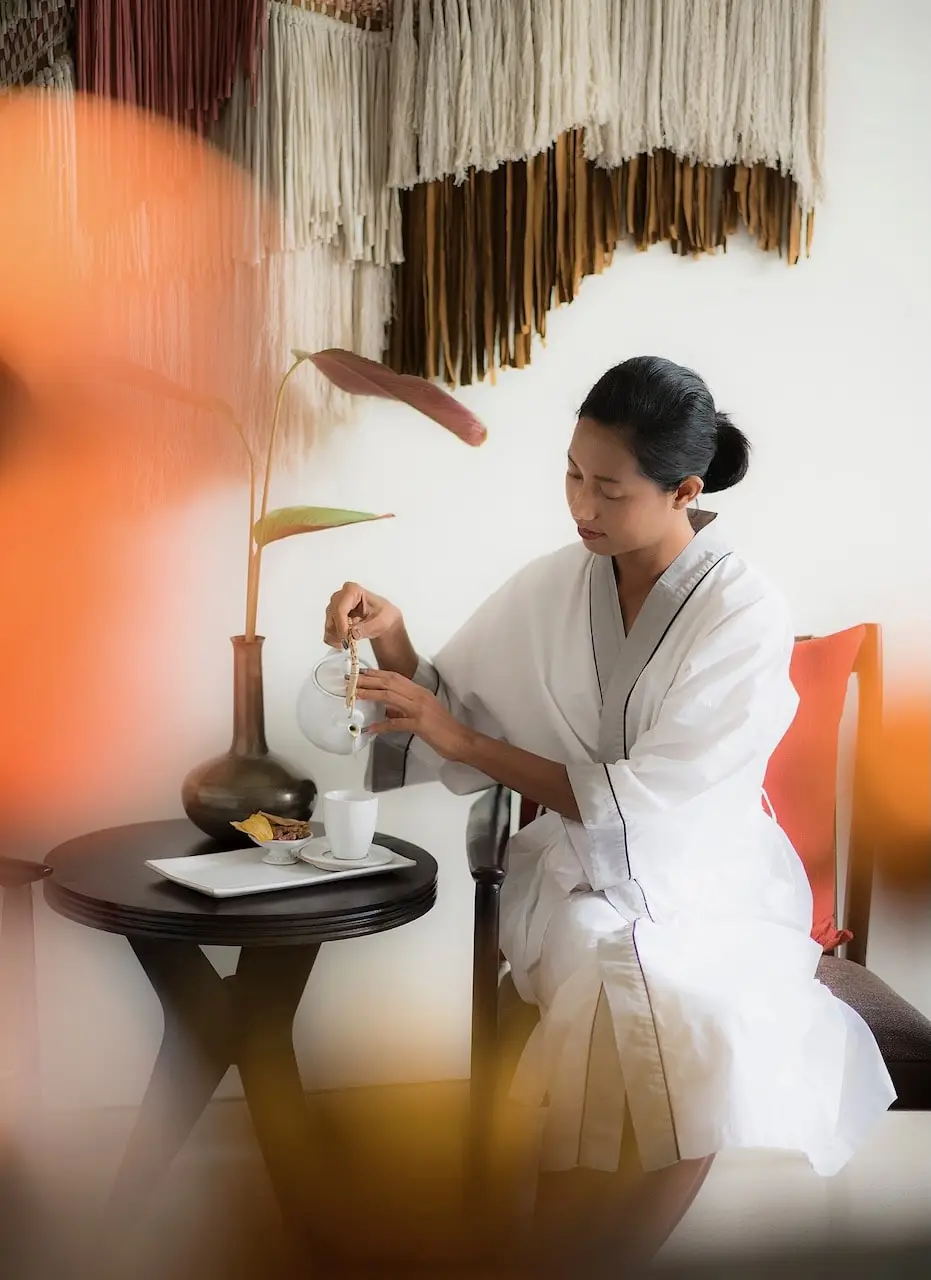In the hustle and bustle of modern life, finding a moment of calm can be challenging. As people search for ways to restore balance and harmony in their lives, many turn to holistic practices that promise more than just physical health. One such practice that has gained popularity worldwide is Reiki. But what exactly is Reiki, and how can it benefit you?
The Origins of Reiki
Reiki, pronounced “ray-key,” is a form of energy healing that originated in Japan in the early 20th century. The term itself comes from two Japanese words: “Rei,” meaning universal, and “Ki,” meaning life force energy. Thus, Reiki is often translated as “universal life energy.” This practice was developed by Mikao Usui, a Japanese Buddhist, who is said to have discovered Reiki after a profound spiritual experience during a retreat on Mount Kurama.
The Principles of Reiki
At its core, Reiki is based on the belief that an unseen life force energy flows through all living things. When this energy is high, we are more capable of being happy and healthy. Conversely, when it is low, we are more likely to get sick or feel stressed. Reiki aims to balance this energy to promote overall wellbeing.
Reiki practitioners believe that they can channel this universal life energy to others, primarily through their hands. This process is believed to stimulate the body’s natural healing processes and restore physical and emotional wellbeing.
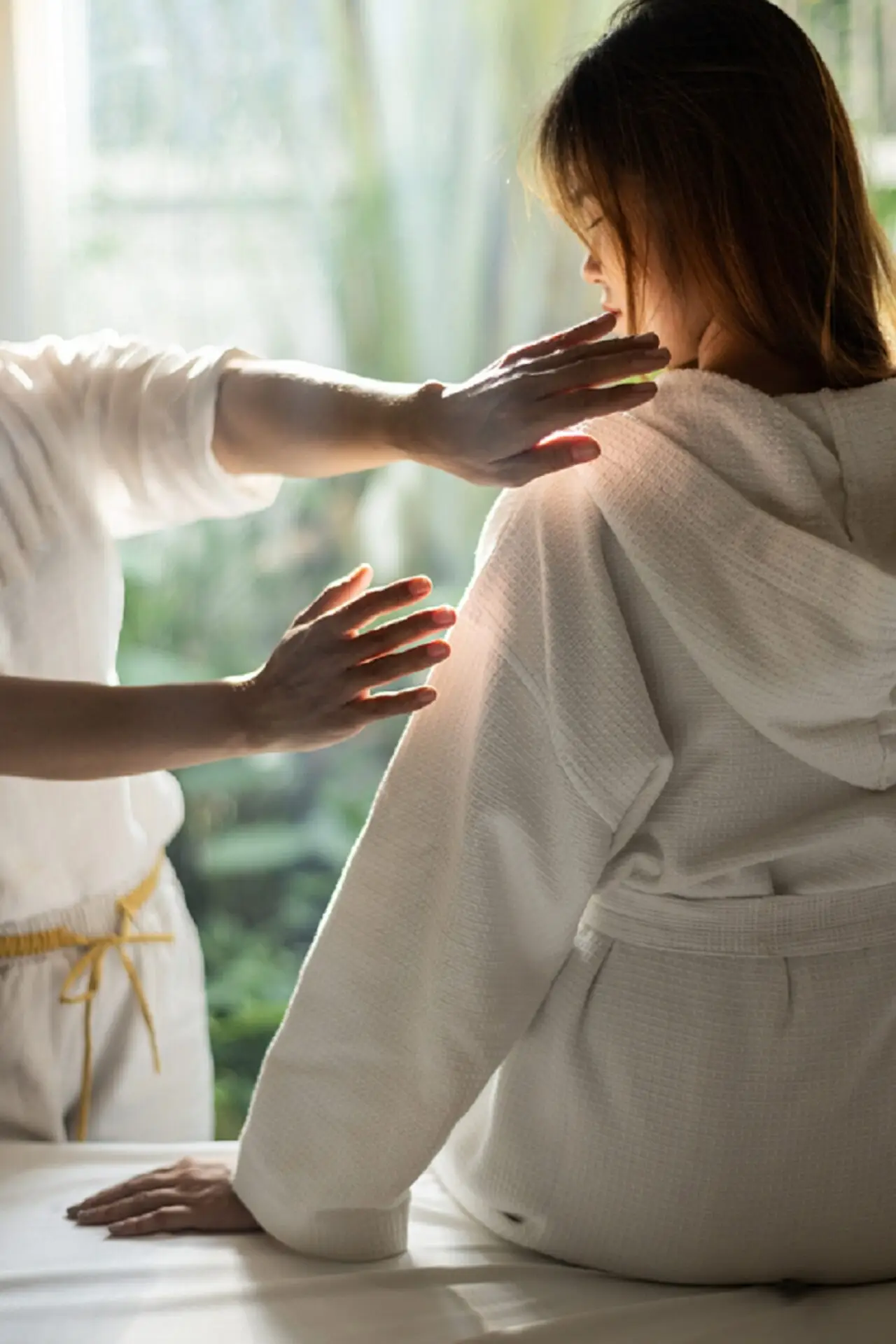
How Does Reiki Work?
Reiki is often described as a meditative and restorative practice. A typical Reiki session involves the recipient lying down or sitting comfortably while the practitioner places their hands lightly on or just above the person’s body. The practitioner then channels energy through their hands to the recipient, focusing on various parts of the body.
Unlike massage or other physical manipulation therapies, Reiki does not involve any pressure, tissue manipulation, or massage. Instead, it is more about creating a balance of energy within the body. The recipient might feel a warming sensation, tingling, or a sense of calm and relaxation during the session.
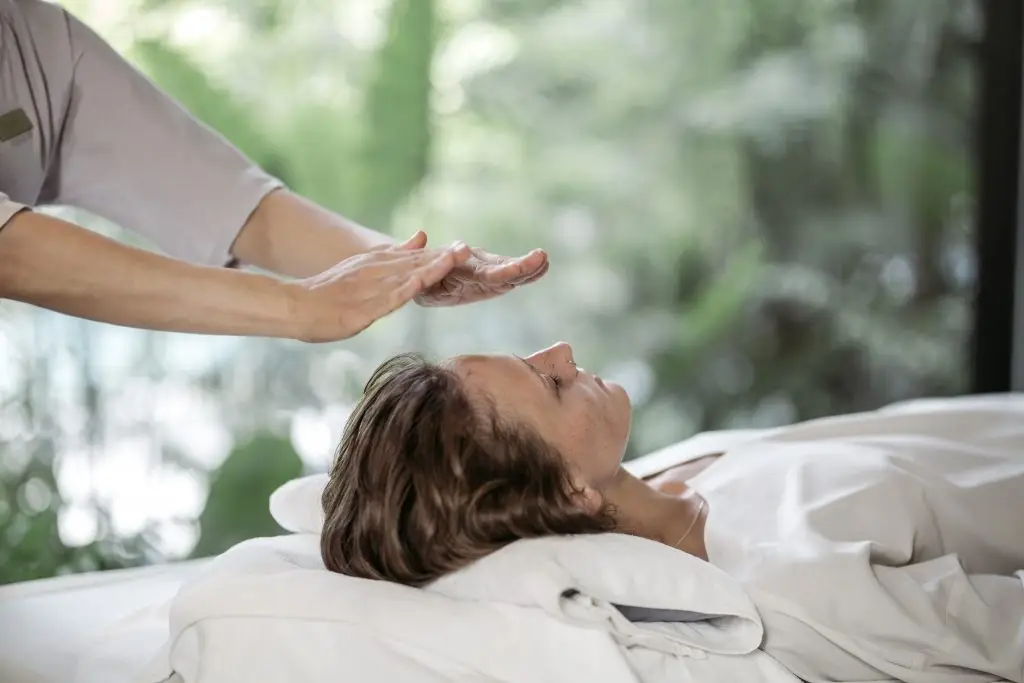
The Scientific Perspective: Everything is Energy
Recent scientific research supports the notion that “everything is energy,” aligning with the principles of Reiki. According to quantum physics, the world is made up of vibrational energy. Everything in the universe, including our bodies, is composed of particles that are constantly in motion, vibrating at different frequencies. This concept resonates with the traditional practice of Reiki, which emphasises the flow and balance of life force energy.
The Science Behind Vibrational Energy
Quantum physics has shown that atoms and subatomic particles, the building blocks of the universe, behave both as particles and waves. This dual nature means that everything, from the chair you sit on to the thoughts in your mind, has a vibrational frequency. The theory of vibrational energy suggests that these frequencies can influence each other, much like how a tuning fork can cause another to vibrate in harmony.
This scientific understanding of energy provides a framework for how Reiki might work. By channelling life force energy, Reiki practitioners could be influencing the vibrational frequencies within the body, promoting balance and healing at a fundamental level.
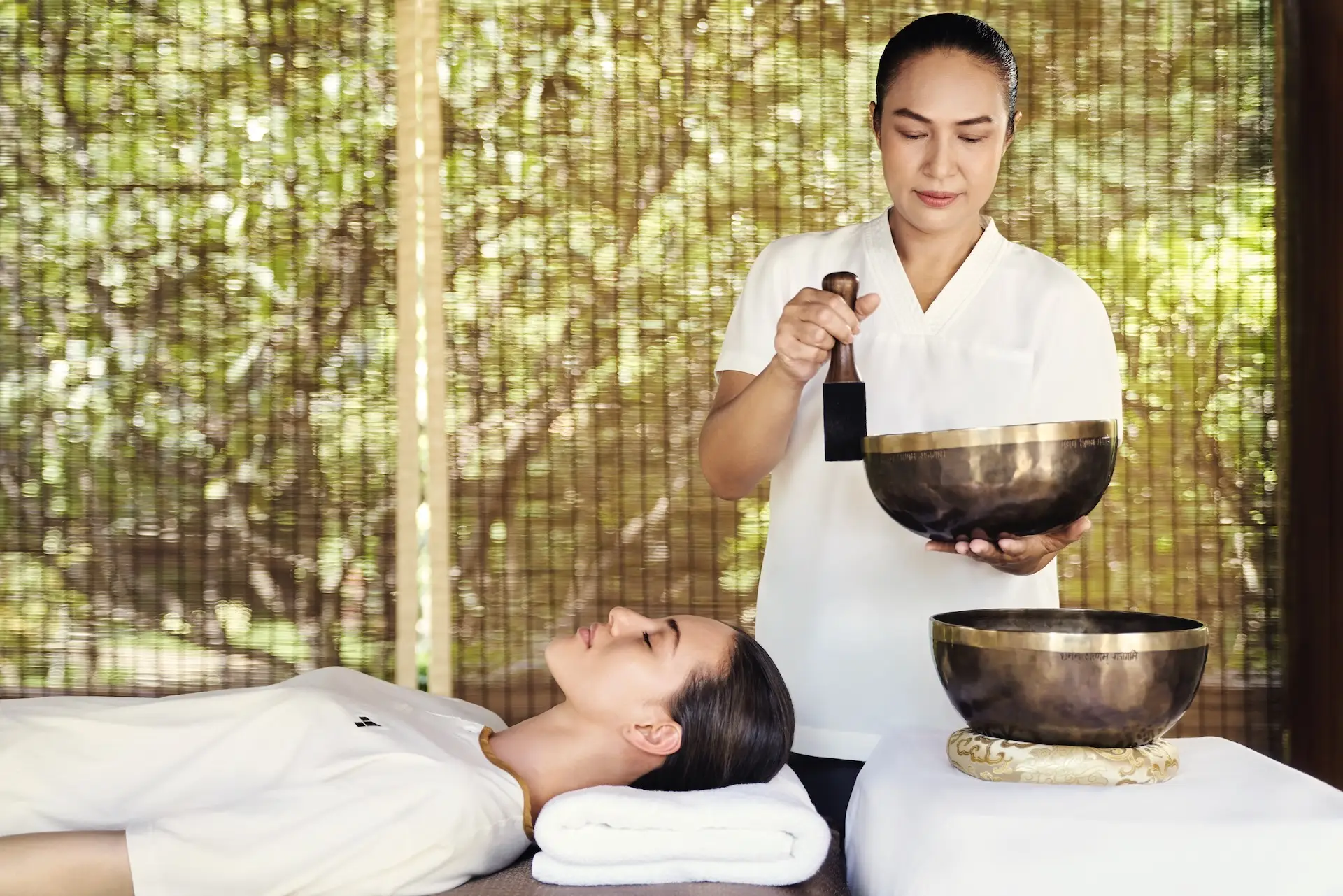
The Benefits of Reiki
While scientific research on Reiki is still limited, many people report significant benefits from receiving Reiki treatments. These benefits can be both physical and emotional, including:
1. Stress Reduction and Relaxation
One of the most commonly reported benefits of Reiki is a profound sense of relaxation and stress relief. The calming nature of Reiki can help individuals release tension and stress, promoting a sense of peace and tranquillity.
2. Enhanced Healing
Reiki is believed to enhance the body’s natural healing processes. By balancing the energy flow, it can potentially help with physical ailments, accelerate recovery from injuries, and improve overall health.
3. Emotional Clarity and Balance
Reiki can also have a powerful impact on emotional wellbeing. Many recipients report feeling more balanced emotionally and better able to cope with their feelings. It can help clear emotional blockages, leading to greater clarity and emotional stability.
4. Improved Sleep
The relaxation and stress relief provided by Reiki can lead to improved sleep patterns. Many people find that they sleep more deeply and wake up feeling more refreshed after a Reiki session.
5. Pain Relief
Some individuals find that Reiki helps reduce pain and discomfort from chronic conditions or injuries. While it should not replace traditional medical treatment, it can be a useful complementary therapy.

The Practice of Reiki
Reiki can be practised by anyone who has received proper training and attunement from a qualified Reiki master. Training typically involves several levels, each providing deeper knowledge and greater ability to channel Reiki energy.
Level 1: Shoden
In the first level, students learn the basics of Reiki, including hand positions and the principles of self-healing. They also receive their first attunement, which is believed to open their energy channels and enable them to channel Reiki.
Level 2: Okuden
The second level introduces students to three Reiki symbols, each with specific purposes for healing and energy work. Students also learn how to perform distant healing, allowing them to send Reiki energy across time and space.
Level 3: Shinpiden
The third level, often referred to as the Master level, involves a deeper understanding of the Reiki symbols and practices. Students receive the Master attunement and learn how to attune others to Reiki, preparing them to teach and pass on the practice.
Integrating Reiki into Your Life
Reiki is a versatile practice that can be integrated into daily life in various ways. Whether through self-healing sessions, receiving treatments from a practitioner, or even becoming a practitioner yourself, Reiki offers numerous pathways to enhance wellbeing.
Self-Healing
One of the unique aspects of Reiki is that it empowers individuals to heal themselves. By practising self-Reiki, you can bring balance to your own energy, promoting a sense of inner peace and wellbeing. Daily self-Reiki sessions can be a valuable part of a holistic wellness routine.
Receiving Treatments
For those who prefer to receive Reiki from a practitioner, regular sessions can be incredibly beneficial. Finding a qualified practitioner who resonates with you is important, as the connection between practitioner and recipient can enhance the effectiveness of the treatment.
Becoming a Practitioner
If you feel a strong connection to Reiki, you might consider becoming a practitioner yourself. Training in Reiki not only allows you to help others but also deepens your understanding of the practice and its benefits.
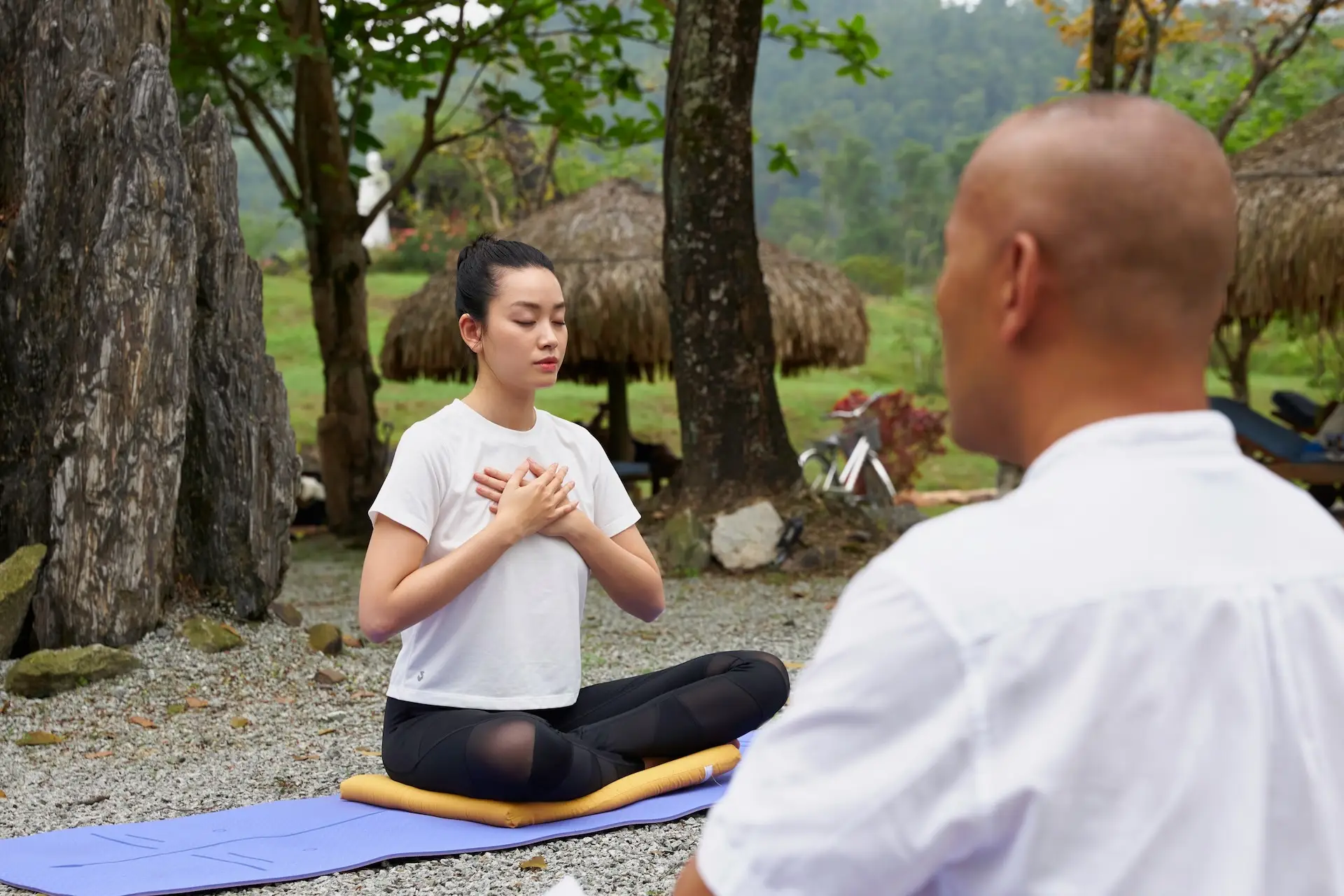
Final Thoughts
Reiki is a gentle, non-invasive practice that offers a pathway to greater balance and wellbeing. Whether you seek stress relief, emotional clarity, or enhanced healing, Reiki can be a valuable tool in your wellness arsenal. As with any holistic practice, it’s important to approach Reiki with an open mind and a willingness to explore the subtle energies that influence our lives.
The correlation between the scientific understanding of vibrational energy and the traditional practice of Reiki provides a fascinating perspective. As science continues to explore the nature of energy, the ancient wisdom of Reiki gains new relevance, offering a bridge between modern knowledge and timeless healing practices.
Embrace Reiki as a journey, not just a destination. Its benefits may unfold gradually, revealing deeper layers of healing and understanding over time. By integrating Reiki into your life, you open yourself to a world of possibility, where healing and balance are within your reach.


